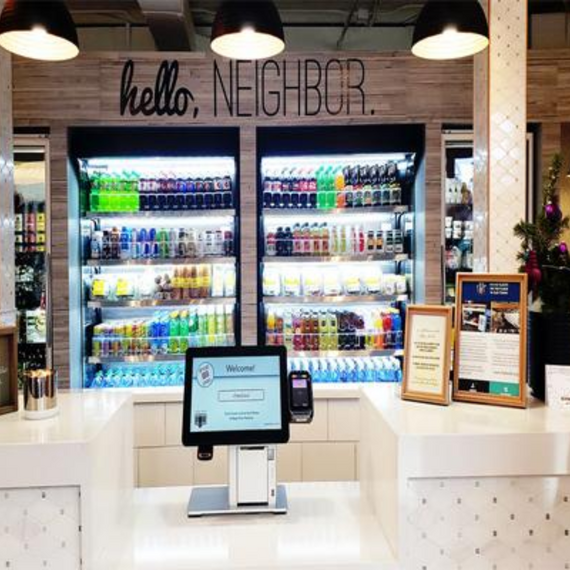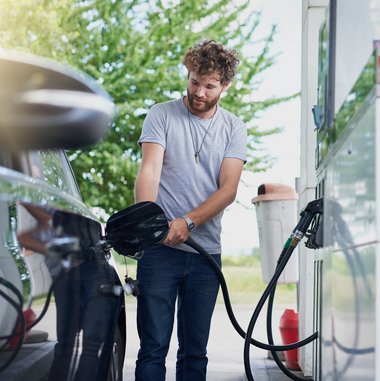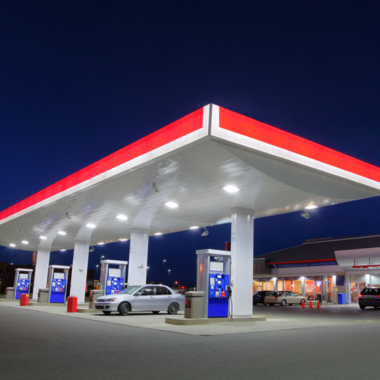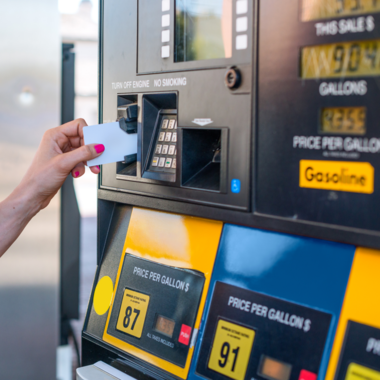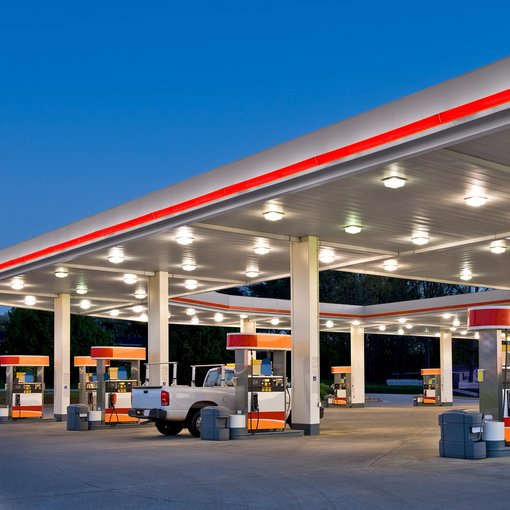
- Five minutes read
Assessing the impact of the EMV deadline for gas stations
It’s been five months since liability for at-pump fraud for non-EMV compliant payments shifted to gas stations. But we have already seen several ways this is going to change the sector now and in the future.
Before the introduction of the liability shift for non-EMV enabled card transactions at the pump, we wrote several articles examining what the impact might be for gas stations that didn’t meet the deadline. That date passed in April 2021, meaning that it has now been several months since the new protocols came into effect.
And while only a short period of time has passed, we’re already seeing some of the consequences, particularly for those gas stations that didn’t meet the deadline, begin to have a significant impact.
Here are six key takeaways we have observed since the EMV liability deadline passed:
1. Chargebacks are on the rise – The financial impact of the liability shift is already evident, with chargebacks increasing steeply in both volume and value since the deadline. According to industry data, the cost of chargebacks grew almost 200% between January 2021 and May 2021, the first month after the shift came into effect. The average cost of a chargeback increased from $50 to $70 at the same time. This growth is almost exclusively the result of the liability shift. Overall, this translates to the cost of chargebacks relative to overall revenues doubling overnight for petroleum retailers.
2. The pandemic continues to be a disruptive factor – COVID-19 is still playing a significant role in the EMV roll out. Despite the length of time gas stations have had to prepare for the deadline, including numerous deadline delays, the industry is still not at a point where everyone who wants to be upgraded to EMV-enabled at-pump payment terminals can be upgraded. This is because there is a still significant backlog in the supply chain for the required hardware and a shortage of technicians available to fit the new fuel dispensers and /or retro-fit kits with the upgraded payments technology. Gas stations that are still yet to place orders to complete their upgrade face the prospect of months of waiting to be EMV compliant, even if they acted today.
3. Gas stations are being charged fees by brands for non-compliance – Although the deadline has only recently passed, we’re already seeing some regional and national petroleum brands begin to pass the financial burden of being liable for fraudulent payments onto their gas station owners. Many are doing this by charging non-compliance fees starting at $250 a month, and in some cases these fees are incrementally increasing at regular intervals.
4. Non-EMV compliant gas stations are switching off at-pump credit card payments as last resort – One option open to gas stations that cannot afford to replace their payment terminals, or want to but are facing lengthy delays, is simply to switch off their at-pump payments altogether and rely solely on the checkouts in their convenience stores. In many cases payment terminals inside stores have been upgraded to being EMV compliant before the at-pump terminals as this is cheaper and easier to do, although it isn’t the case that all gas stations have done this yet.
Switching off at-pump payments would eliminate the fraud concerns, but also runs the risk of making the gas station less favourable in the eyes of their customers as we know the majority of US consumers prefer to pay at the pump. The result of this dilemma is that we are seeing fewer gas stations switch off their at-pump payments terminals completely, but more are now only accepting debit cards as credit cards are viewed as being more likely to be used by fraudsters.
5. The growth of branded mobile apps and contactless payments – Gas stations that have installed EMV terminals at the pump are already looking to accentuate the competitive advantage they have gained when it comes to their consumer payments experience. For many this means removing the physical payments experience altogether by offering digital payments via branded mobile apps. At PCS we have already seen a steady increase in the number of enquires from gas station merchants asking for support and advice on launching their own digital checkout, and we expect this trend to only grow in the coming months.
Contactless payments are also on the radar of gas stations that are moving away from swipe transactions. However, it must be noted that not all contactless payments are EMV compliant. If EMV contactless isn’t enabled at the at-pump checkout, criminals can still load stolen card data to a smartphone and complete fraudulent transactions, and the gas station owner is liable for the chargeback.
6. More gas stations are de-branding – Major petroleum brands are understandably uncomfortable with taking on the liability for fraudulent payments at their pumps, and are therefore putting pressure on gas station owners that haven’t converted their payment terminals yet. In some cases we have already seen brands take the stance than not converting to EMV payments before the deadline has resulted in gas stations breaching the terms of their contract and cancelling their relationship altogether. And as we have mentioned, in other cases brands have started to charge non-compliance fees to gas stations that haven’t made the transition. The result of both is that gas stations are de-branding at an increasing rate, either because their contract with the petroleum brand has been terminated or because they simply cannot afford (or are unwilling) to pay the excess fees they are being charged.
What happens next?
The petroleum industry has more than one complex issue it is contending with at the moment. The rising cost of gas is clearly one, as is a potential impending threat of future waves of COVID-19. And there are other operational factors that have cost burdens as well, such as new mandates for triple walled underground storage tanks. But that is no reason for gas stations to turn their backs on the issue of EMV-enabled payments at the pump.
The consequences we predicted before the deadline are already starting to have an impact, and will only grow further as fraudsters increasingly target gas stations that aren’t EMV-compliant. So even though there are still delays to navigate, gas stations that haven’t replaced their at-pump payments terminals with EMV technology must strongly consider doing so as soon as possible.

